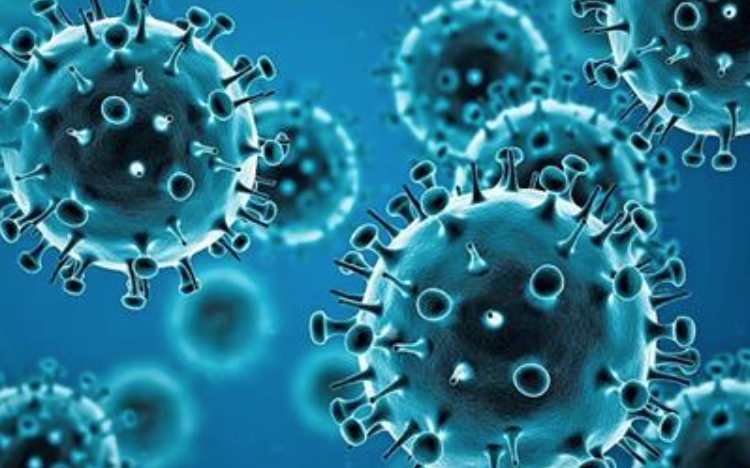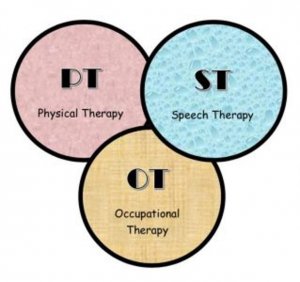If you are a parent, guardian, or grandparent of an adolescent, chances are you have wondered if the time they spend on social media is impacting their mental health. The topic of social media and mental health has been a concern that has only increased with the onset of the pandemic. According to Dr. Weigle in an interview aired by PBS NewsHour, isolation during the pandemic has resulted in decreased in-person connection, which therefore, escalated adolescents’ need to connect through social media (2021, 24:58). Dr. Weigle also points out, this increased use causes poor sleeping habits, resulting in negative impacts on the overall health of adolescents (PBS NewsHour, 2021, 19:55). Additionally, Dr. Weigle advises parents to be involved with their children, create “screen-free time” especially at dinner and around bedtime, and lead by example (PBS NewsHour, 2021, 20:19).
You can find the full interview with Dr. Weigle here: https://youtu.be/W5yyy_TxC0M
What parents believe…
A survey of over 2,900 parents conducted by Lurie Children’s Hospital focused on parents’ concerns with social media (WGN News, 2020, 1:02). First, the results indicated that “68% of parents … believe social media affects their teen’s ability to socialize normally” (WGN News, 2020, 1:44). Second, 56% of parents are concerned their teens are using social media to seek attention and approval from their peers (WGN News, 2020, 1:52). Third, 67 % of parents surveyed are worried that their teen is dependent on social media (WGN News, 2020, 1:58). Finally, parents were concerned with social media content stating it was “too sexual” (51%), led to cyberbullying (25%), and included hate speech (24%) (WGN News, 2020, 2:17).
You can find the full report here: https://youtu.be/KKgz22Ag4ao
What teens are saying…
While parents and experts are concerned with adolescences’ exposure to social media, many teens acknowledge feeling the pressure social media brings. In a recent report, teenager Macy Cabrera admits to feeling inadequate and judged by peers (FOX 61, 2021, 00:33). In addition, her friend Ella Adams explains how seeing pictures of others on social media makes teens compare themselves and lowers their self-esteem (FOX 61, 2021, 00:49). Another news report features Laynie Ferriman, a 17-year-old, discussing how social media causes a negative body image and lacks diversity (WCIA News, 2021, 00:50) She goes on to describe how she needs to occasionally disconnect from social media to help combat self-hate (WCIA News, 2021, 01:03). Lastly, CBS Mornings co-host, Nate Burleson, spoke to his 11-year-old daughter about how she feels social media impacts her life (CBS Mornings, 2021, 00:15). His daughter, Mia, confesses to using social media for over 8 hours a day and previously being addicted to TikTok (CBS Mornings, 2021, 01:46). Mia also discloses that even though she receives lots of positive reinforcement at home, she still compares herself to others she views on social media (CBS Mornings, 2021, 01:57).
You can find all three teen videos here: FOX 61 https://youtu.be/DO35jiBGDC0
WCIA News – https://youtu.be/8X0Ixu51JI0 and CBS Mornings – https://youtu.be/xvmeizvQIL
What has research found…
In 2018, Berryman & Ferguson had their study published after evaluating questionnaires they provided to 465 teens that focused on the impact social media has on mental health. The surveys included the following: vaguebooking (posting attention seeking posts), hours spent on social media, social media importance, mental health symptoms, social support, parent-child relationship, social anxiety, histrionic symptoms, a need to belong, loneliness, compassion, and socially desirable responding (Berryman & Ferguson, 2018). According to the results, there was only a small connection between social media and these areas assessed (Berryman & Ferguson, 2018). Although, vaguebooking “slightly predicted both loneliness and suicidal thoughts” (Berryman & Ferguson, 2018). Furthermore, their study showed that social support is beneficial in reducing mental health problems (Berryman & Ferguson, 2018). In contrast, results indicated that strained parent-child relationships may have a strong impact on mental health in young adults (Berryman & Ferguson, 2018).
You can find their full study here: https://doi.org/10.1007/s11126-017-9535-6
Two additional studies published in 2020 had similar results, showing very little evidence that social media affects mental health. The first by Odgers & Jensen (2020) pointed out that prior studies mostly involved adults and not teenagers. They evaluated information from several previous reports, and they concluded there was no valid association between social media use and symptoms of depression (Odgers & Jensen, 2020). They added, it is very unlikely that social media may lead to mental health issues in teenagers (Odgers & Jensen, 2020). Next, an 8-year study by Coyne et al. (2020) analyzed the hours spent on social media and how it relates to mental health disorders. The results indicated that the time spent on social media had no relationship to symptoms of depression or anxiety (Coyne et al., 2020). They emphasized the importance of conducting further review of what teenagers are doing on social media rather than the amount of time they spend on their devices (Coyne et al., 2020).
You can find their studies here: https://doi.org/10.1111/jcpp.13190 (Odgers and Jensen) and https://doi.org/10.1016/j.chb.2019.106160 (Coyne et al.)
In contrast, O’Reilly (2020) discovered when teenagers were asked directly, they recognized the connection between social media and strain on their self-worth, sleep habits, and the need to be included and liked. Moreover, the teens talked about the potential for bullying and mental health issues because of social media (O’Reilly, M., 2020). However, the results also indicated that teenagers found social media sometimes decreased stress by taking their mind off potential stressors (O’Reilly, M., 2020).
You can find the study by O’Reilly here: https://doi.org/10.1080 /09638237.2020.1714007

By: Blogtrepreneur
What does this all mean…
It is obvious that there are concerns about the influence social media has on the mental health of teenagers. Any Google search will result in numerous news reports, studies, and opinions on the subject. With such a variety of search results, how do parents and guardians know if their teenager is being negatively impacted? One important piece to note, the media and articles found offering a teenagers perspective indicate they are aware of the possible negative and positive impacts social media can have. This suggests that further research is warranted to assess the specific impacts social media has on their mental health. It also provides evidence that open communication with teenagers is crucial when evaluating any connection social media has on their mental health. Furthermore, a strong parent-child relationship could potentially decrease any negative influence associated with using social media. In the end, social media is here to stay and, therefore, this subject will continue to need evaluating.
References
Berryman, C., Ferguson, C. J., & Negy, C. (2018). Social Media Use and Mental Health among Young Adults. Psychiatric Quarterly, 89(2), 307–314. https://doi.org/10.1007/s11126-017-9535-6
CBS Mornings. (2021, October 14). Social media and its effects on youth development and mental health. [Video]. YouTube. https://youtu.be/xvmeizvQILc
Coyne, S. M., Rogers, A. A., Zurcher, J. D., Stockdale, L., & Booth, M. (2020). Does time spent using social media impact mental health?: An eight year longitudinal study. Computers in Human Behavior, 104(1). https://doi.org/10.1016/j.chb.2019.106160
FOX 61. (2021, November 10). Digital distortion: Social media and its impact on teens’ mental health. [Video]. YouTube. https://youtu.be/DO35jiBGDC0
Odgers, C. L., & Jensen, M. R. (2020). Annual Research Review: Adolescent mental health in the digital age: facts, fears, and future directions. Journal of Child Psychology & Psychiatry, 61(3), 336–348.https://doi.org/10.1111/jcpp.13190
O’Reilly, M. (2020). Social media and adolescent mental health: the good, the bad and the ugly. Journal of Mental Health, 29(2), 200–206. https://doi.org/10.1080 /09638237.2020.1714007
PBS NewsHour. (2021, October 29). How social media platforms impact kid and teen mental health. [Video]. YouTube. https://youtu.be/W5yyy_TxC0M
WCIA News. (2021, October 5). Social media’s impact on teens. [Video]. YouTube. https://youtu.be/8X0Ixu51JI0
WGN News. (2020, September 21). Teens’ social media use is up during pandemic, and so is their parents’ concerns.[Video]. https://youtu.be/KKgz22Ag4ao

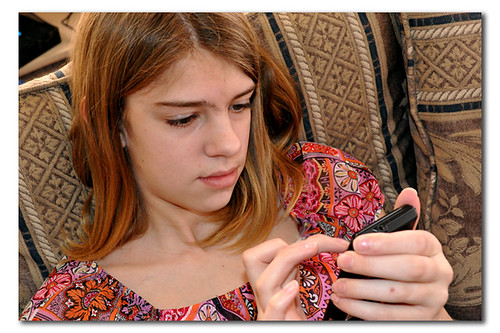



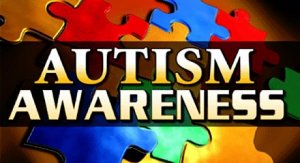
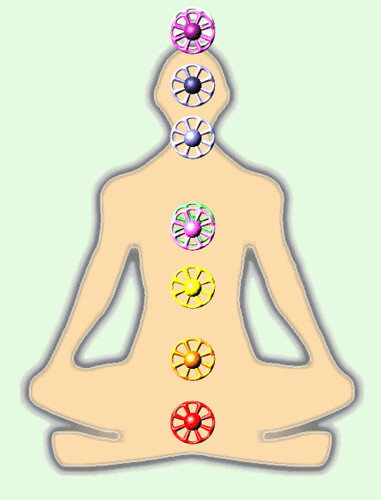
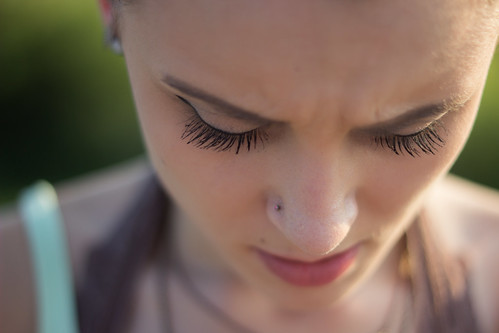

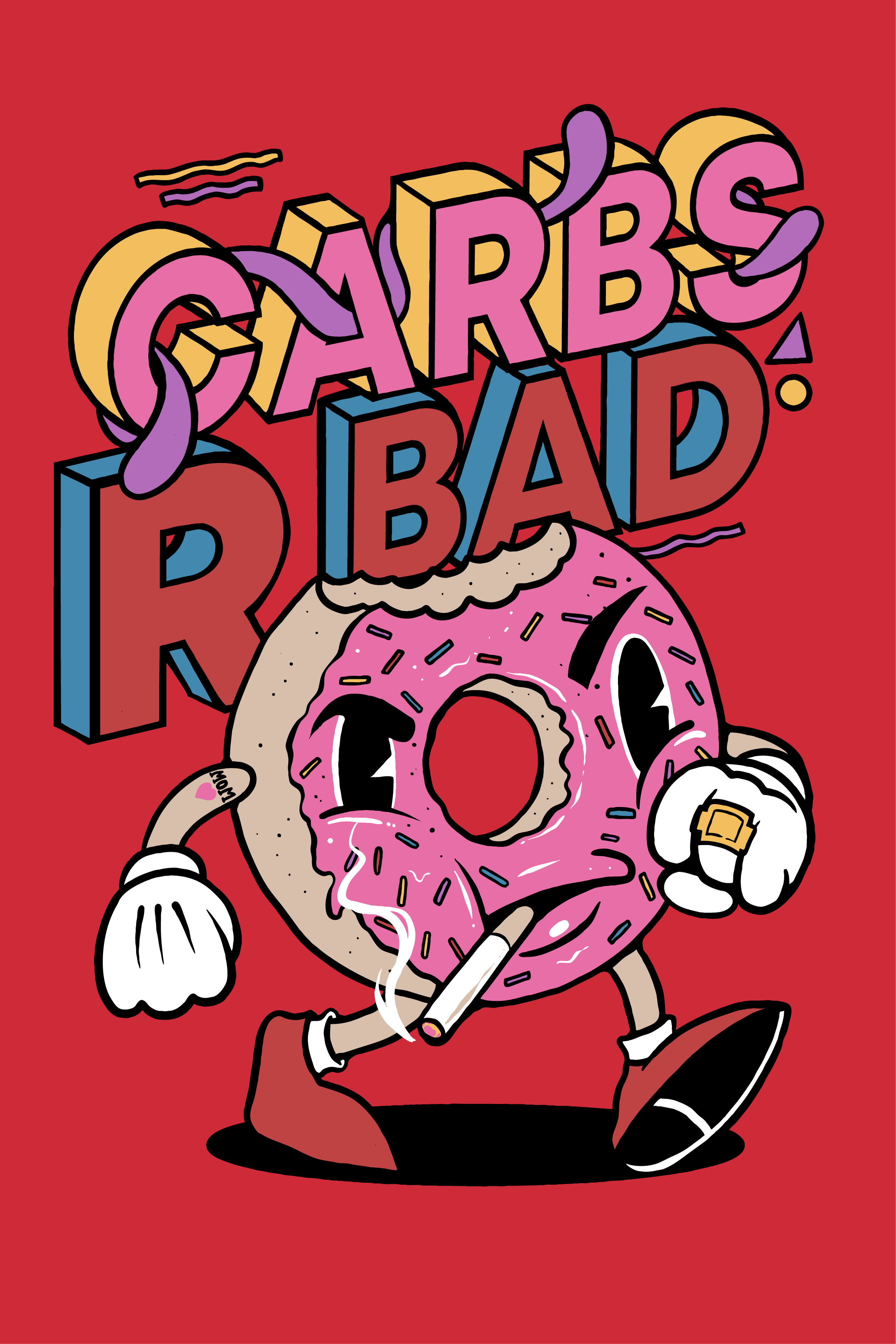

 Another media publication, Grist, also has an article supporting weight loss diets, they even quote the L.A. Times that states that there is scientific evidence that says carbs, not fat, are responsible for obesity, diabetes, and heart disease. They have chosen to pair the article with a chubby Santa eating a cookie just in time to remind people that holiday food is chock full of carbs. Once again there is support for the low carb diet, Atkins and a quote from the chairman of nutrition at the Harvard School for Public Health –
Another media publication, Grist, also has an article supporting weight loss diets, they even quote the L.A. Times that states that there is scientific evidence that says carbs, not fat, are responsible for obesity, diabetes, and heart disease. They have chosen to pair the article with a chubby Santa eating a cookie just in time to remind people that holiday food is chock full of carbs. Once again there is support for the low carb diet, Atkins and a quote from the chairman of nutrition at the Harvard School for Public Health –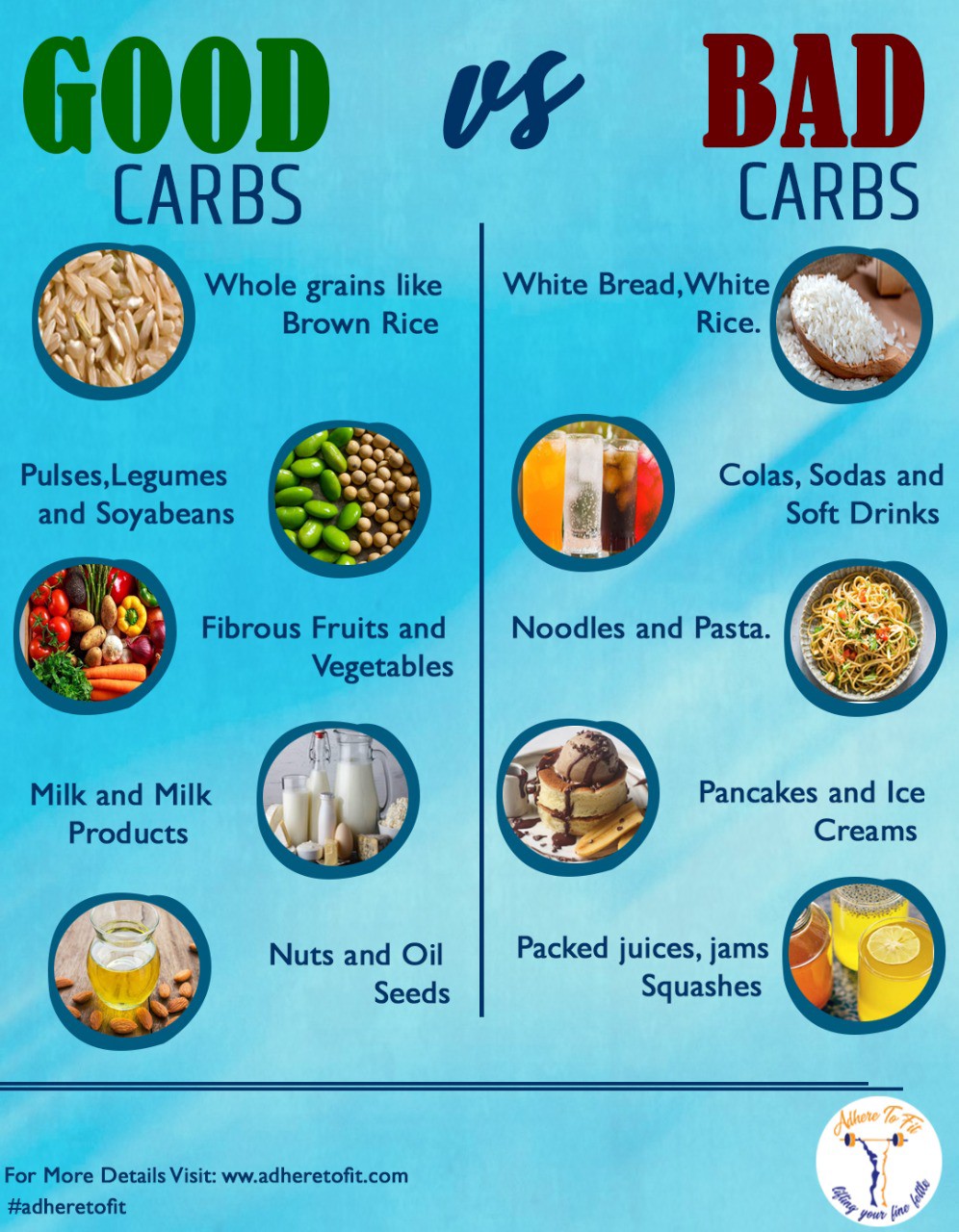 Although, they stipulate that a low carb diet could be a good way to kick start weight loss, similarly to the media articles discussed above, there must be a plan of transition so as not to end up binge eating and gaining more weight. (Brown-Riggs, 2016) The Journal of Nutrition, Health, and Aging, another trusted source, provides a concise review on the merits and pitfalls of a low carb diet. Again, the main benefits are listed as short term weight loss and glycemic control, but they also point out major negatives. These include electrolyte loss, fatigue, and even mortality. The real message from this article is that the quality of the food you eat is more important than the quantity when it comes to healthy dieting. (Mooradian, 2020) Another scientific publication, Nutrition and Metabolism, provides some supporting data points for how carbohydrates can actually be beneficial. Out of 7000 participants they found a correlation between an increased carbohydrate diet and a lower risk of anxiety and depression. (S
Although, they stipulate that a low carb diet could be a good way to kick start weight loss, similarly to the media articles discussed above, there must be a plan of transition so as not to end up binge eating and gaining more weight. (Brown-Riggs, 2016) The Journal of Nutrition, Health, and Aging, another trusted source, provides a concise review on the merits and pitfalls of a low carb diet. Again, the main benefits are listed as short term weight loss and glycemic control, but they also point out major negatives. These include electrolyte loss, fatigue, and even mortality. The real message from this article is that the quality of the food you eat is more important than the quantity when it comes to healthy dieting. (Mooradian, 2020) Another scientific publication, Nutrition and Metabolism, provides some supporting data points for how carbohydrates can actually be beneficial. Out of 7000 participants they found a correlation between an increased carbohydrate diet and a lower risk of anxiety and depression. (S

